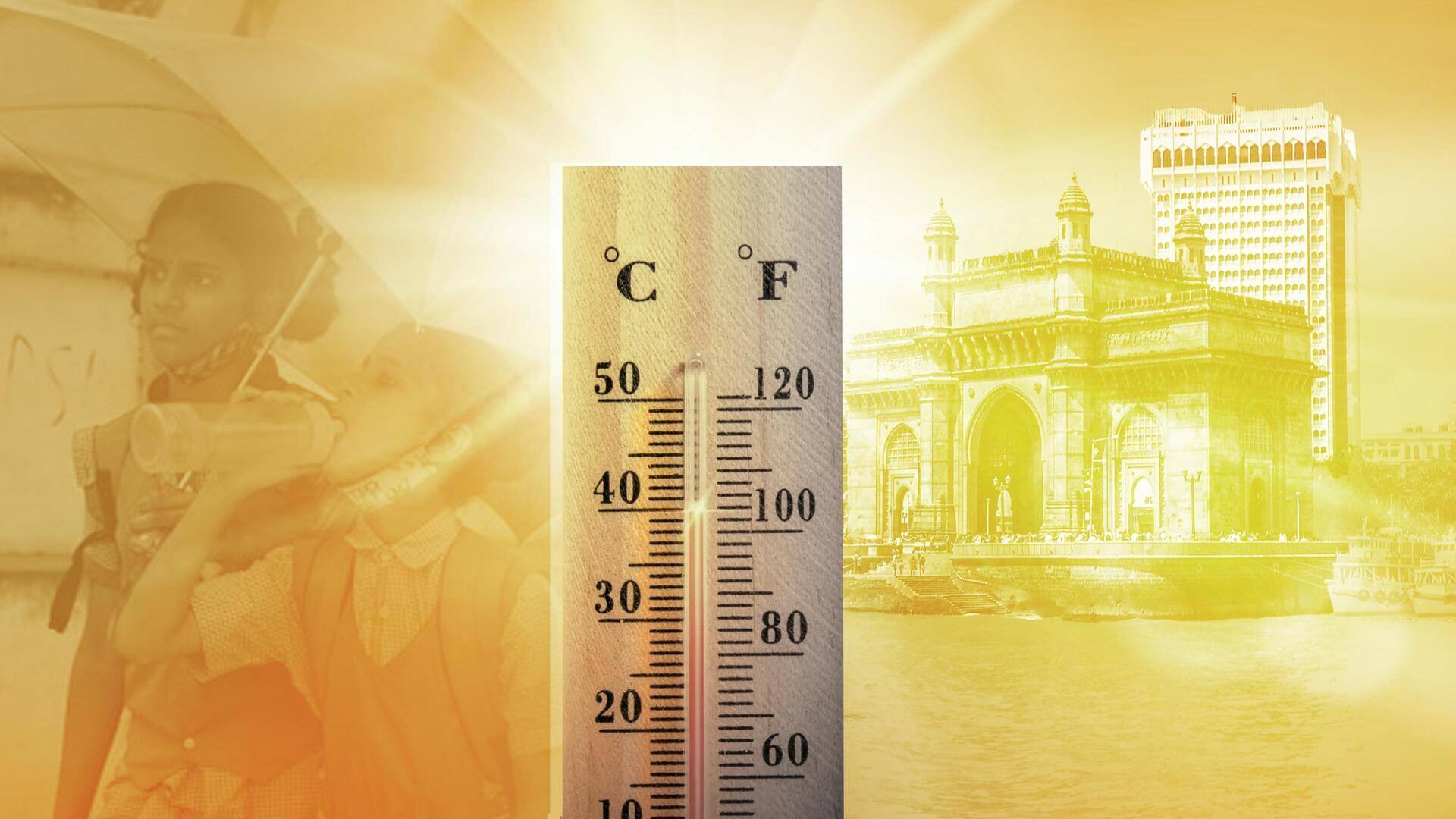Rising temperatures are having a negative impact on agriculture, water scarcity, public health, and the economy. The unusually hot February, rising night temperatures, sea level rise, and urban heat island effect are making this problem even more severe. It is also affecting education, labor productivity, and food security.
Heat wave events in India are increasing rapidly due to climate change. According to the India Meteorological Department, a heat wave is defined as a heat wave when the temperature in the plains exceeds 40 degrees Celsius and this condition persists for a long time. India experienced 554 heat wave days in 2024, while the number was 230 in 2023. This increase is affecting agriculture, water availability, and public health, necessitating urgent mitigation measures.
February, which is usually a winter month, is now experiencing extreme heat. Odisha, Telangana, and Maharashtra recorded temperatures above 40°C in February 2025, pointing to climate change. Example: Mumbai recorded a temperature of 38.7°C in February 2025, the hottest February day in five years. This disrupted daily life and led to a rise in heat-related illnesses. Global warming is leading to more frequent and intense heat waves in urban and rural areas, putting a huge strain on the population. Night temperatures are also increasing unexpectedly. 31 states and union territories recorded night temperatures 1°C above normal, while 22 states saw an increase of 3°C-5°C. Delhi recorded its hottest February night in 74 years in 2024, shortening the recovery time for vulnerable sections. Marine heatwaves increase inland temperatures and affect monsoon patterns. In 2023, marine heat waves in the Bay of Bengal delayed the monsoon in eastern India and increased pre-monsoon heat. Concrete structures, less greenery, and the presence of pollutants make urban areas hotter. In April 2023, temperatures in the urban areas of Ahmedabad were 3-4°C higher than the surrounding rural areas.

It is necessary to incorporate heatwave mitigation in the national adaptation plan while ensuring coordination among states. Ahmedabad’s Heat Action Plan (2013) helps prevent 1190 deaths every year. Urban planning should increase the use of green buildings, passive cooling, and heat-resistant materials. Telangana’s Cool Roof Policy (2021) promotes heat-reflecting roofs, which reduce indoor temperatures. Tree planting, rooftop gardening, and the conservation of water bodies can reduce temperatures. Delhi’s Urban Forest Initiative reduced local temperatures by 2-3°C in several hotspots. Local weather monitoring, heatwave forecasting, and urban heat island mapping should be expanded. Heat insurance, adjusted working hours, and cooling shelters need to be ensured for vulnerable workers. Rajasthan’s Heat Insurance Pilot (2023) provided financial compensation to daily wage workers on extreme heat days.
Extreme heat can lead to longer summer holidays in schools, making it difficult to complete the syllabus. Many schools do not have adequate cooling facilities, which affects the health of students. Heat waves during exam time can affect student performance. Extreme heat reduces the productivity of workers, especially in construction, farming, and other outdoor jobs. Increased electricity consumption can lead to energy crises, which increase power cuts. Heat waves lead to health problems, which puts pressure on hospitals and increases healthcare costs. Water levels in lakes, ponds, and rivers fall rapidly, worsening the drinking water problem. Groundwater levels decline, affecting irrigation and drinking water supply. Incidents of forest fires increase, which causes loss of biodiversity. Heat affects the ecosystem of many plants and animals. Yields of wheat, paddy, and other major crops decline, affecting food security. Animal husbandry is also affected due to extreme heat and the water crisis.
Develop and use crops that are more heat tolerant and require less water. Encourage farmers to adopt micro-irrigation technology (drip irrigation). Promote green roofs, reservoirs, and open green areas. Install shade trees and water spray systems in public spaces. Adopt temperature adaptation technologies in smart cities. Promote heat-resistant building materials and energy-efficient design. Strengthen global and regional efforts to control sea temperature. Regenerating mangrove forests in coastal areas, which naturally help balance temperatures. Europe’s Heat Action Plan: France and Spain have implemented cooling centers and public alert systems during heat waves. Australia’s Water Management: Effective policies have been implemented for water harvesting and conservation in drought-affected areas. America’s ‘Green Infrastructure’ program: Various schemes are being run to promote greenery and shade areas in urban areas.
A multi-pronged strategy is needed to mitigate the effects of rising heat and heat waves in India. For this, the government, society, and the scientific community will have to work together to develop long-term solutions. Climate adaptation, smart urban planning, agricultural innovation, and global cooperation can tackle this challenge. The increasing threat of heat waves has made it necessary to implement climate-adaptation plans. It is important to strengthen early warning systems, heat action plans, and resilient infrastructure. Urban greenery, reflective roofs, and sustainable water management should be prioritized. Also, expanding schemes like Mahatma Gandhi NREGA and implementing cooling-focused urban policies will help ensure public health, livelihoods, and future sustainability.






